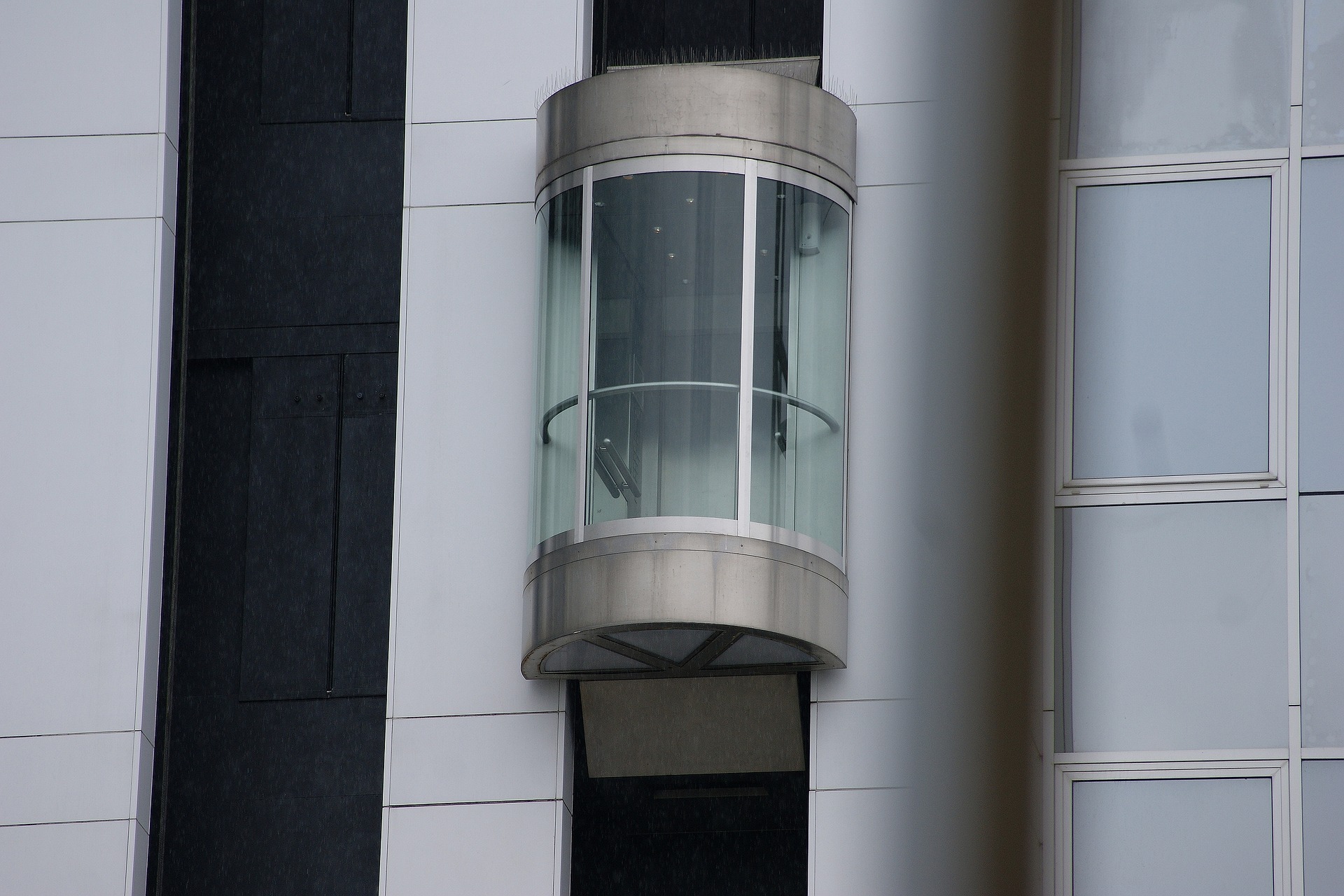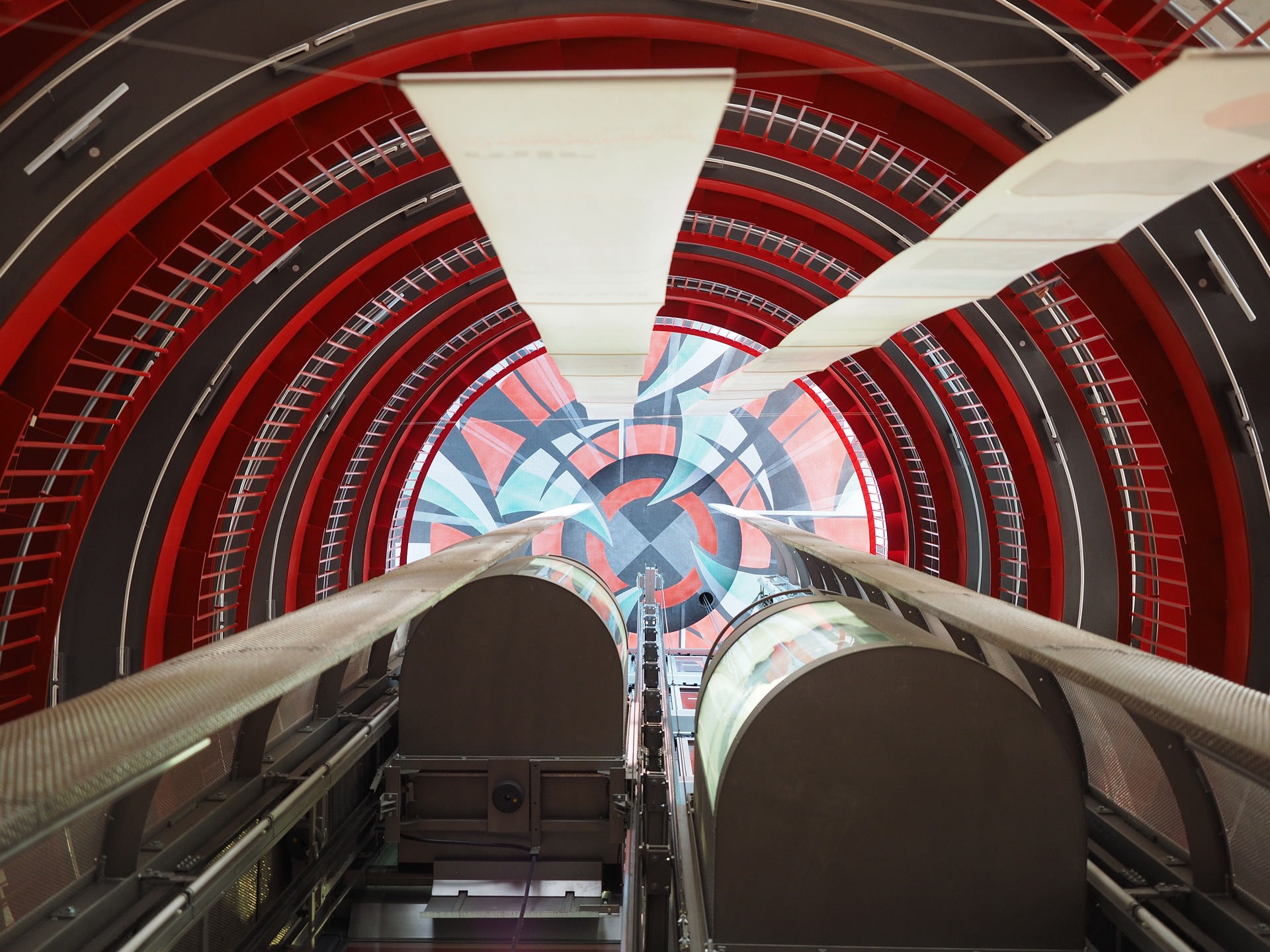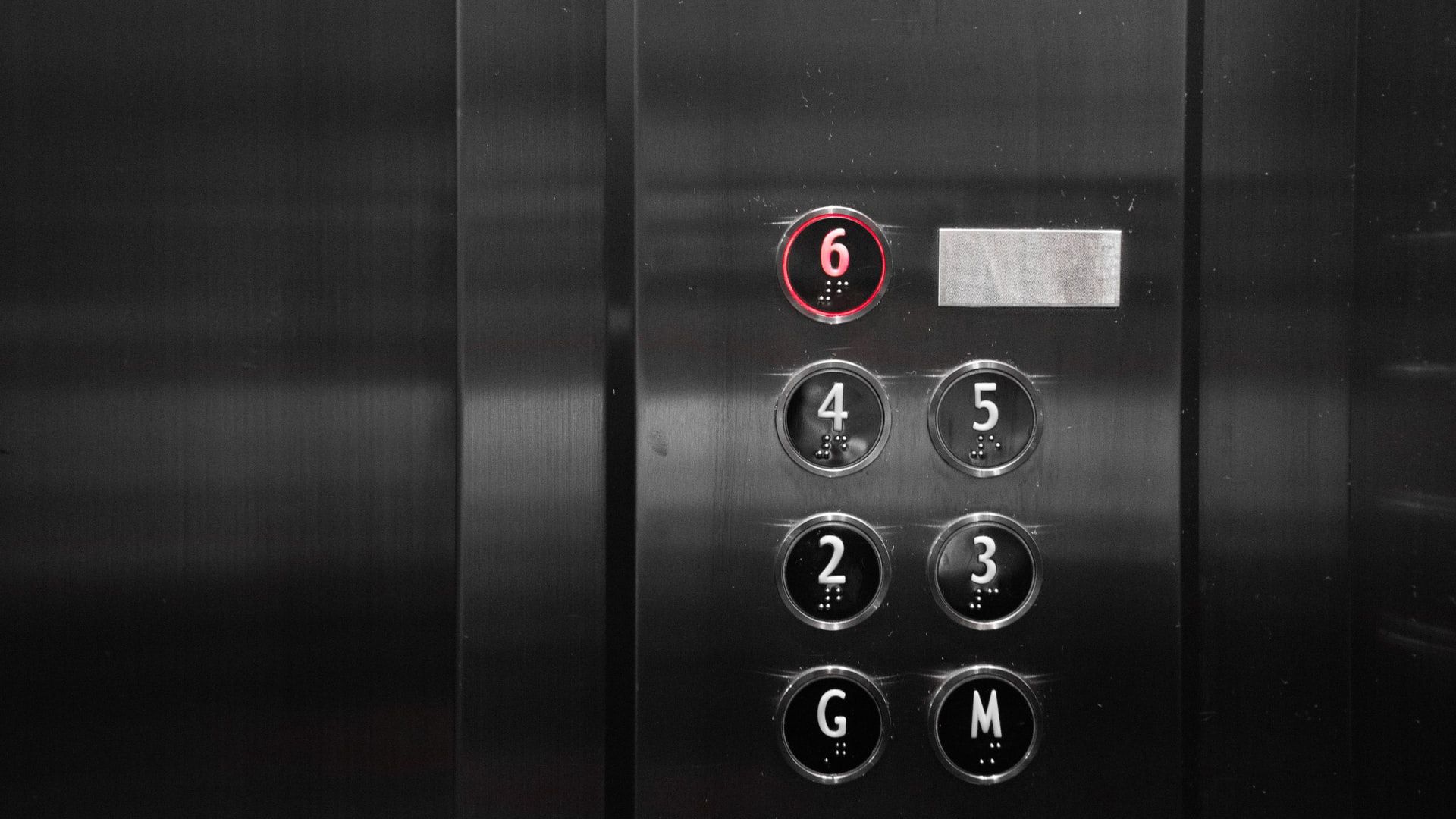The home elevator has long been considered a luxury item, but it has only lately started to be offered on the market as more homebuyers and builders start including them in their designs.
Residential home elevators have been available since the late 1800s, but until recently, only the wealthy and well-known could afford them. Home elevators became affordable for many homeowners in the late 20th century because to advancements in electric motors and hydraulic lifts, yet it is still generally accepted that they are either too expensive or a superfluous addition to the houses of regular people.
This is incorrect for a number of reasons. Home elevators are not only more inexpensive than ever, but they can also generate a profit by increasing a house’s market value. Seniors and others with restricted mobility can age in place and avoid expensive stints in nursing homes or assisted living facilities with the help of elevators installed in their houses. Home elevators are among the most cost-effective home upgrades you can do before selling your house because even the most basic models can move a sizable amount of weight with a little footprint.
The Usefulness of Home Elevators
Since more than a century ago, home elevators have been more and more accessible. As the average age of Americans rises, designers are paying more attention to mobility enhancements in the home, and many home builders now have the choice to include elevators at the design stage. Families with children or those planning to have kids are increasingly using elevators that can transport carseats, strollers, and exhausted parents from one floor to another. Since falling down stairs is one of the most common preventable injuries in the United States and a problem that doesn’t simply impact elderly people, elevators in the home are also a practical safety enhancement.
People have traditionally sought out ways to age in place, but more recent, more cost-effective technological advances have made the home elevator lift part suppliers a standard feature when constructing or remodeling a home. Day Elevator & Lift’s president, Evan Petrower
 Seven things to think about before installing an elevator in your home
Seven things to think about before installing an elevator in your home
1. A house elevator with enough room
The main drawback for many residential elevators is available space. This is especially true for older homes, which seldom ever had home elevators in mind when they were being built. As a general rule, you should allocate at least 20 to 25 square feet of area, ideally near your stairway or in the room’s corner. Despite the fact that the 50 states’ building requirements differ, most elevators require up to 18 square feet of floor space, plus maybe another 5 square feet for the elevator shaft’s surroundings.
2. Use and Function of the Home Elevator
The reason you desire a home elevator in the first place will also affect your decision. Home elevators provide a quick and secure means to transfer between levels in your home, but the model you pick and the location where you install it will depend on the elevator’s specific usage.
Some people install elevators as an investment, even though they don’t need need assistance climbing and descending steps. Some people decide to use an elevator to assist them manage a medical condition that makes climbing or descending stairs challenging or risky. When the stairs are too difficult for them to handle alone, some homeowners build an elevator to assist them age in place.
Although there are many different types of home elevators, there are roughly four main categories: regular retrofit, void of a stairwell, closet-to-closet, and thru-cab.
3. Financial restrictions
Unfortunately, any house remodeling must take the budget into account. You should budget between $20,000 and $30,000 for a new elevator installation in the majority of the country. More complex or prolonged preparation work, such as running hydraulics or supplying electrical access to the elevator control box, is likely to increase the cost. The price of a new home elevator can also increase due to glass elevators, the number of stops, and/or high-end finishes on fixtures, such as brass fittings. However, this can also improve the value of the property as a whole. Additionally, installing an elevator in an existing property is typically more expensive than adding one when building the house.
4. Maintaining Independence While Aging in Place or With a Disability
One of the most economical decisions elders can make when they own their own homes is to age in place. You will save money by installing a house elevator or lift because you won’t need to relocate to a nursing home or assisted living facility. The 2019 Cost of Care Survey from Genworth Financial estimates that assisted living costs $4,051 on average per month in the United States. According to the same poll, even a shared room in a nursing home might cost more than $7,500 per month.
Any home renovation that prevents a senior with limited mobility from being admitted to a residential care facility might potentially save tens of thousands of dollars annually.
In the end, you will have the comfort and familiarity of your home. With a house elevator, you may Age in Place while maintaining your independence and self-sufficiency.
5. Reselling Price
The cost of a new home elevator must be compared to the increased value it brings to your home, as important a factor as cost may be. New home elevators often increase a house’s value by 10%.
An elevator’s increased worth is caused in part by its convenience and greater safety. The visual enhancement that most elevators give a home is another. Nearly a century ago, the first home elevators were used in townhomes from the Gilded Age. Today, a home can still stand out in a crowded housing market by having a visible elevator close to the steps.
“A domestic elevator will boost the marketability of your property and make it more desirable, whether installed at the time of new construction or renovated years later, as the extra feature could attract a variety of possible home buyers.” Evans Petrower
6. Impairments
People recovering from procedures or accidents can remain in the comfort of their own homes by installing a home elevator. The goal of modern rehabilitation and post-acute care is to maintain patients’ daily habits as closely as possible to normal. Even a basic stair lift could help persons with disabilities who find ascending stairs to be a barrier to staying at home avoid inpatient hospitalizations to long-term care facilities and promote quicker healing.
Additionally, home elevators lessen the need on in-home caretakers that many elderly and disabled persons have. Even simple tasks that entail climbing a flight of stairs may have to wait until your caregiver can come over to help if you live in a multistory home without an elevator. The independence and dignity that most types of contemporary senior care are founded around can be preserved by having an elevator that makes it simple to get upstairs.
7. Construction and Installation Schedule
The installation time and cost will depend on the type of elevator you select, the number of floors it will be used for, and whether you are building a new elevator or retrofitting an existing one. It takes two weeks to install an accessibility lift on-site, four weeks to install a hydraulic elevator, and six weeks to install a traction elevator. The actual installation for a hydraulic elevator can take up to eight weeks due to the preparation work that includes hanging the hoistway doors and installing electricity.
 What Does a Home Elevator Need?
What Does a Home Elevator Need?
The installation of a new home elevator requires extensive planning. Before breaking ground on new construction, it is typically simpler to have a lift system built into the blueprints. If you already own a home, you have plenty of time to arrange the installation of your elevator before committing to the project.
There is no universal elevator installation that everyone can bring home because homes are almost as unique as the families that reside in them. Consider the factors that impact the type of elevator you can get, where you can put it, and how long it should take to start moving when planning to create your own system.
Typical Home Elevator Types
Once you’ve decided to construct a home elevator, you can start looking into the elevator model that would work best for your house. Although the specifics of each design for a home elevator differ, they all typically adhere to five key principles:
- system of traction drive
- hydraulic powertrains
- vacuum drive systems using pneumatics
- Cable- or winding-driven elevators

